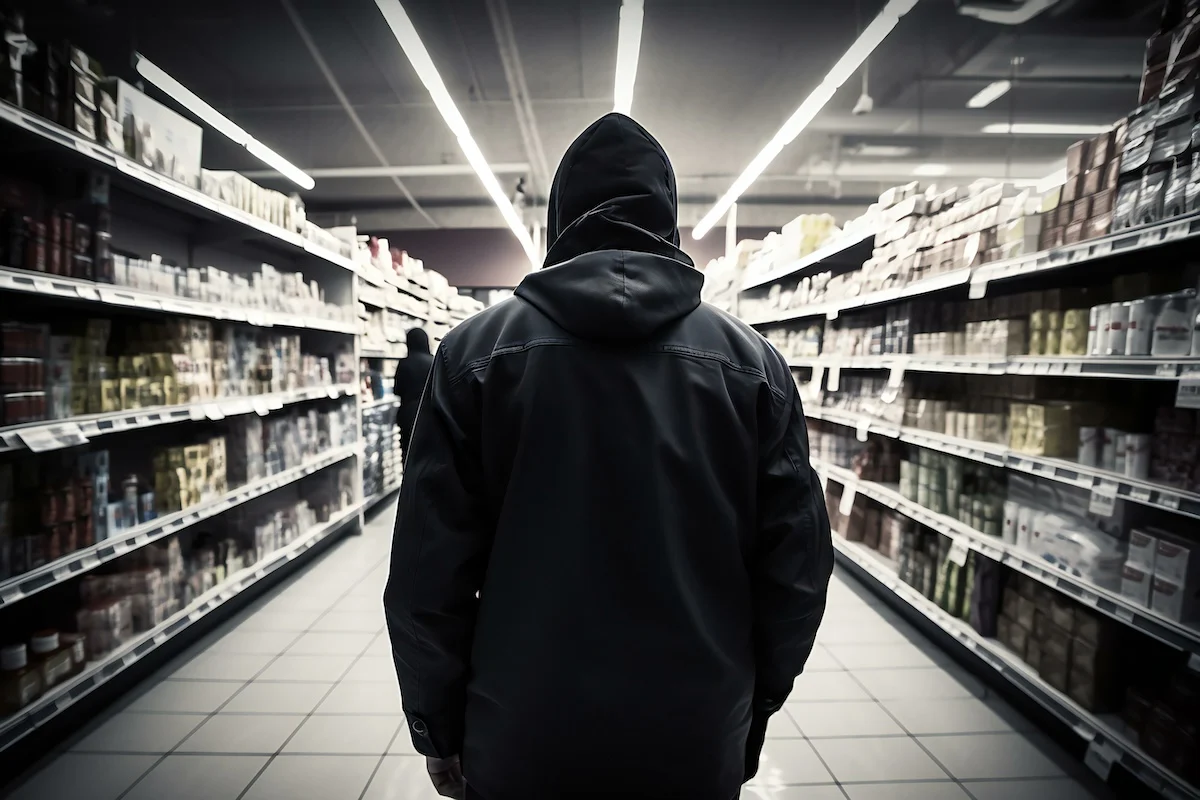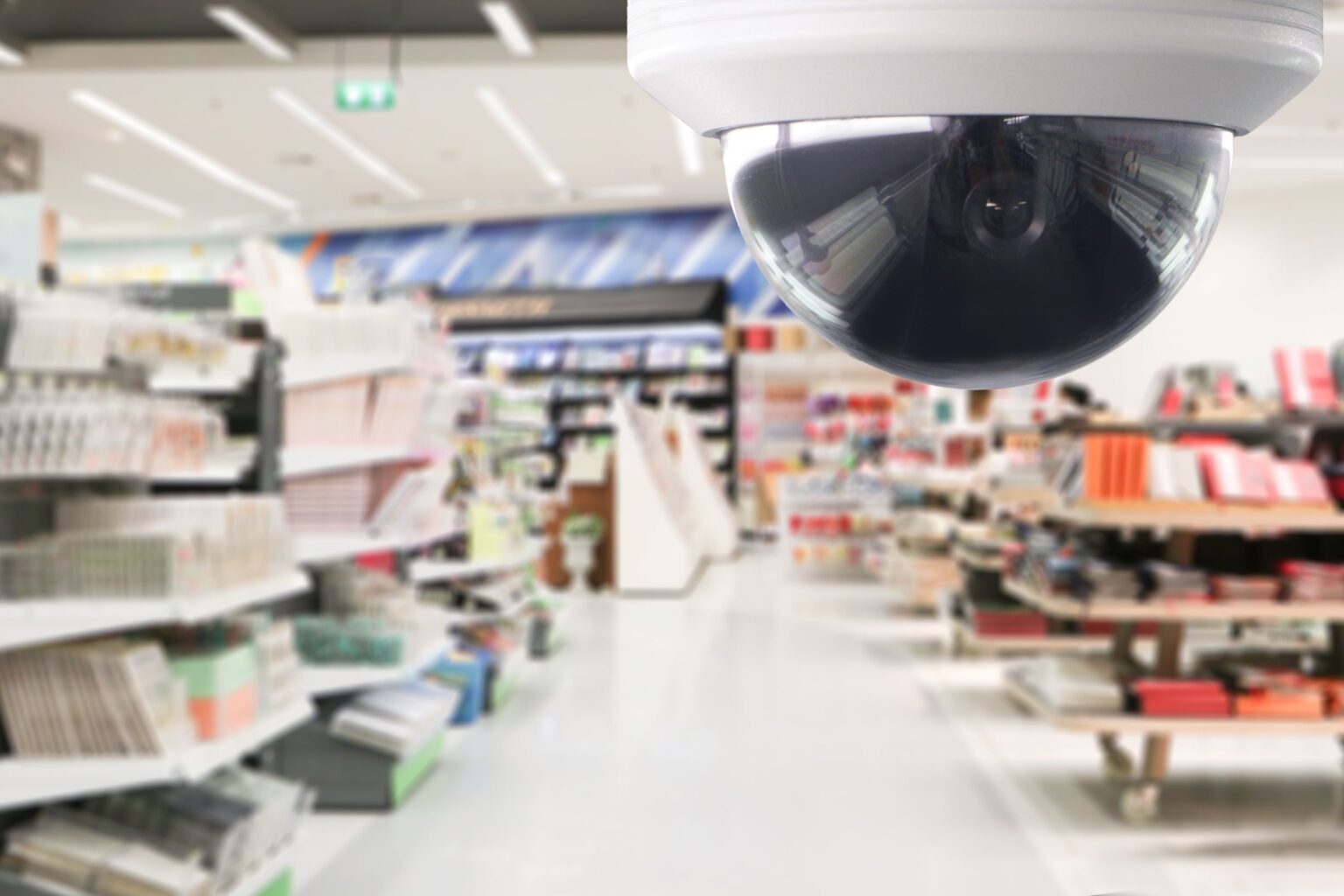The phenomenon of large-scale theft in commerce sectors presents significant challenges for businesses, consumers, and the economy. This serious issue manifests in various forms, leading to considerable financial losses and undermining consumer trust. Companies face constant threats from sophisticated groups that exploit vulnerabilities in the supply chain, creating an urgent need for awareness and action.
As these illicit activities evolve, distinguishing between opportunistic theft and well-coordinated schemes becomes increasingly complex. Numerous factors contribute to this pressing situation, including technological advancements, socio-economic shifts, and evolving shopping behaviors. Recognizing the nuances of these issues is essential for developing effective countermeasures that protect assets and ensure the sustainability of commerce.
In response to this growing concern, businesses are compelled to adopt comprehensive measures that not only address current risks but also anticipate future developments. Collaboration among industry stakeholders, law enforcement, and technology providers is crucial in fostering a safer environment. By implementing innovative solutions and focusing on education, entities can enhance their defenses and mitigate the adverse effects of these unlawful endeavors.
What is Organized Retail Crime?
The phenomenon affecting businesses today involves sophisticated networks engaged in illegal activities targeting merchants and their assets. These operations often lead to significant losses, impacting both financial stability and the overall security of the retail environment.
Such unlawful actions can manifest in various forms, including:
- Shoplifting by coordinated groups
- Fraudulent returns and exchanges
- Warehouse thefts and distribution hijacking
- Counterfeit goods sales
- Cybercrime aimed at stealing sensitive data
Organizations dealing with these issues often struggle to combat the sophisticated methods employed by the offenders. Consequently, the ramifications extend beyond mere financial losses to include:
- Diminished profit margins affecting sustainability
- Increase in operational costs due to enhanced security measures
- Negative perception by customers impacting traffic
- Potential job losses due to company downsizing in response to financial strain
Addressing this challenge necessitates a multi-faceted approach, combining technology, personnel training, and community involvement to safeguard the interests of businesses and consumers alike.
Factors Contributing to Retail Crime
The dynamics of theft and loss in the marketplace are influenced by various underlying elements. These factors not only shape the environment but also determine the frequency and severity of unlawful activities targeting businesses. A comprehensive understanding of these aspects is essential for effective management and mitigation efforts.
Environmental Factors
- Location: Stores situated in high-crime areas are more vulnerable to theft.
- Store Layout: Ill-conceived designs can create blind spots that make it easier for individuals to engage in dishonest behavior.
- Access Points: Multiple entrances and exits can facilitate quick escapes for perpetrators.
Economic Influences
- Poverty: Economic hardship often increases desperation, leading to higher crime rates.
- Market Trends: Changes in consumer behavior and shifting demand can cause an uptick in unlawful activities.
- Joblessness: Unemployment can drive individuals towards theft as a means of survival.
By recognizing these contributing elements, businesses can better prepare themselves and take proactive measures to reduce the likelihood of facing significant losses.
Economic Impact on Businesses
The consequences of theft and fraud in the business world extend far beyond the immediate financial losses. Companies are often faced with a range of challenges that affect their overall stability and growth potential. Understanding the breadth of these repercussions is essential for developing robust approaches to safeguard assets and maintain profitability.
Financial Losses are the most apparent effect of theft, resulting in diminished revenue and increased operational costs. Businesses may find themselves incurring additional expenses related to security measures, staff training, and inventory management. These rising costs can strain resources, limiting the ability to invest in growth and innovation.
Moreover, consumer trust can suffer significantly due to incidents of theft. When customers feel unsafe or question a company’s integrity, it can lead to a decrease in foot traffic and sales. This erosion of confidence can take considerable time and effort to rebuild, impacting both short-term performance and long-term brand reputation.
Operational Disruptions may also occur as businesses focus on addressing the aftermath of theft. Resources may be diverted from core activities to tackle security breaches, impacting employee morale and productivity. This diversion can hinder a company’s ability to serve customers effectively, further exacerbating negative financial outcomes.
Lastly, the broader economic implications cannot be overlooked. When businesses experience substantial losses attributed to theft, the ripple effects can touch suppliers, employees, and even local economies. Jobs may be affected, and community investment may dwindle, creating a cycle that can hinder overall economic stability.
Consumer Safety Concerns
The welfare of buyers is a growing issue in today’s commercial landscape. As various methods of theft and fraud become more sophisticated, the implications for regular patrons can be severe. Consumers must be aware of the potential dangers they face while engaging in shopping experiences, and proactive measures should be emphasized to protect their interests.
Implications for Shoppers
The risks associated with dishonest practices can manifest in multiple ways, affecting individuals both financially and emotionally. Some of the potential consequences include:
- Financial losses due to unauthorized transactions.
- Negative experiences that may lead to distrust in businesses.
- Increased prices as retailers cope with losses by raising costs.
Strategies for Enhancing Safety
To mitigate these concerns, specific actions can be taken to enhance safety for all consumers. Consider the following approaches:
- Stay vigilant while shopping, particularly in crowded areas.
- Review payment statements regularly to identify any discrepancies.
- Utilize secure payment methods to reduce risk of fraud.
- Report suspicious activities to store management or law enforcement.
By embracing these practices, consumers can play an integral role in promoting a secure shopping environment while simultaneously safeguarding their own interests.
Technology’s Role in Prevention
Modern advancements in technology play a crucial role in enhancing security measures within the commercial sector. By harnessing innovative tools, businesses can effectively mitigate risks and safeguard their assets. A blend of cutting-edge hardware and software solutions empowers organizations to detect potential threats swiftly and respond appropriately, fostering a safer shopping environment.
Surveillance Systems
High-definition cameras and smart monitoring systems have become indispensable for enhancing security. These systems not only provide real-time footage but also utilize artificial intelligence to analyze customer behavior and identify suspicious activities. The integration of facial recognition technology further strengthens this approach, enabling prompt action against unauthorized access.
Data Analytics
The use of data analytics tools allows businesses to identify patterns and trends that may indicate vulnerabilities. By analyzing purchase behaviors and inventory levels, companies can pinpoint discrepancies and fortify their security posture. Moreover, data-driven insights enable organizations to allocate resources more effectively and develop targeted security protocols.
Collaborative Efforts for Effective Solutions
The challenge of addressing crimes against businesses requires a collective approach that brings together various stakeholders. Successful mitigation relies on effective collaboration among law enforcement, business leaders, and community organizations. By leveraging resources and expertise, these groups can work together to create comprehensive solutions that enhance safety and security in the marketplace.
Building Partnerships for Enhanced Security
Creating strong alliances among different entities is essential for developing a robust defense against criminal activities. Partnerships foster open communication and allow for better intelligence sharing, which is vital for understanding trends and spotting potential threats. Engaging local government bodies can further amplify these efforts, as they often possess the authority and resources necessary to support initiatives aimed at crime reduction.
Implementing Innovative Technologies
Emphasizing technological advancements can significantly bolster collective initiatives. Utilizing advanced surveillance systems, data analytics, and real-time reporting tools enables organizations to identify suspicious activities quickly. Furthermore, training programs that educate employees on the latest techniques for spotting theft can create a vigilant workforce that contributes to overall security efforts.
In conclusion, a united front among various sectors proves to be an effective methodology in tackling the challenges presented by nefarious activities targeting businesses. Constant engagement and adaptive strategies will ensure resilience in the face of evolving threats.
Q&A: What is organized retail crime
What are the main characteristics of organized retail crime?
Organized retail crime (ORC) typically involves groups of individuals who plan and execute thefts from retail stores with the intention of reselling stolen goods for profit. The main characteristics include a high level of coordination among perpetrators, the use of sophisticated methods to steal products, and a focus on high-value merchandise such as electronics, luxury items, and cosmetics. ORC groups often operate across multiple states or regions, making it a widespread issue that can significantly impact retailers and law enforcement efforts.
How does organized retail crime affect businesses and consumers?
Organized retail crime has a profound effect on both businesses and consumers. For businesses, ORC leads to significant financial losses due to theft, which can reach millions of dollars annually. This loss often results in increased prices for consumers, reduced availability of products, and heightened security measures in stores. Additionally, retailers may face higher insurance premiums and potential job losses if the financial burden becomes too great. For consumers, the impacts can include facing higher prices and fewer job opportunities in retail environments due to cost-cutting measures undertaken by companies to counteract losses from ORC.
What prevention strategies can retailers implement to combat organized retail crime?
Retailers can employ a variety of strategies to combat organized retail crime effectively. These include implementing advanced security measures such as surveillance cameras, electronic article surveillance (EAS) systems, and security personnel in stores. Retailers can also enhance employee training programs to identify suspicious behavior, encourage a culture of accountability, and establish partnerships with law enforcement agencies for intelligence sharing. Additionally, retailers might consider utilizing data analytics to identify patterns and hotspots of theft, which can inform proactive measures. Collaborating with industry organizations to share best practices and resources can also bolster prevention efforts.
What role do law enforcement agencies play in fighting organized retail crime?
Law enforcement agencies play a crucial role in combating organized retail crime (ORC) by investigating thefts, apprehending criminals, and collaborating with retailers to develop effective prevention strategies. Many police departments have dedicated units or task forces focused on ORC, which helps them better understand the methods used by thieves and connect patterns across jurisdictions. Additionally, law enforcement engages in community outreach, providing retailers with resources and information on crime trends. Through partnerships with retail loss prevention teams, law enforcement can also facilitate quicker responses to incidents and disrupt criminal networks, ultimately aiming to reduce the impact of ORC on businesses and the community.
How does organized retail theft affect the retail industry?
Organized retail theft significantly impacts the retail industry by increasing costs associated with lost merchandise, security measures, and legal actions. According to the National Retail Federation (NRF), organized retail theft involves large-scale theft of retail merchandise with the intent to resell the items for financial gain, often through online marketplaces or fencing operations. This type of crime affects retailers’ profits and creates safety concerns for both employees and customers.
What role do online marketplaces play in organized retail crime?
Online marketplaces are often used by organized retail crime rings to resell stolen merchandise. These platforms allow criminals to fence stolen goods anonymously, making it harder for law enforcement to track illegal activities. The Inform Consumers Act, passed to address this issue, requires online marketplaces to verify the identity of high-volume sellers, aiming to reduce the resale of stolen items and combat organized retail theft.
How does the Combating Organized Retail Crime Act help fight organized retail theft?
The Combating Organized Retail Crime Act is federal legislation designed to strengthen the fight against organized retail crime. It facilitates collaboration between retailers, law enforcement, and federal agencies by establishing the Organized Retail Crime Coordination Center. This center helps track organized crime rings, sharing data and resources to combat large-scale theft operations targeting the retail industry. This law addresses serious crimes like cargo theft and large-scale shoplifting.
What is the impact of organized retail crime on retail employees and customers?
Organized retail crime poses a direct threat to the safety of retail employees and customers. Criminals involved in organized retail theft rings often steal merchandise in large quantities, creating dangerous situations in stores. Retailers report increased incidents of violence and threats to workers, which heightens the overall risk within the retail environment. Retail workers and law enforcement are often on the front lines of dealing with these crimes, making it a serious issue for safety.
What strategies are retailers using to combat organized retail crime?
Retailers are using a variety of strategies to combat organized retail crime, including enhanced security measures, collaboration with local law enforcement, and the use of technology like surveillance cameras and tracking systems. The National Retail Security Survey shows that many retail businesses are investing in advanced tools to detect and prevent theft. Laws such as the Inform Consumers Act and the Combating Organized Retail Crime Act are also crucial in the fight against organized crime, helping to protect retail merchandise and reduce overall shrinkage.




